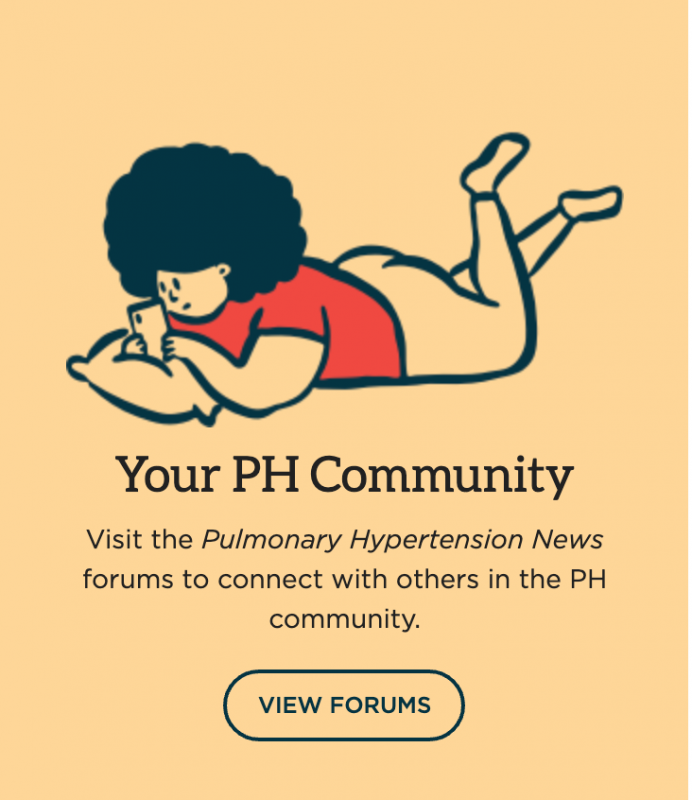Diaphragm neurostimulation eases PH during mechanical ventilation
AeroNova system is designed to deliver continuous, synchronous stimulation

Lungpacer Medical’s AeroNova diaphragm neurostimulation system significantly reduced pulmonary hypertension (PH) among critically ill patients with lung failure while they were on mechanical ventilation, according to data from the STIMULUS trial.
The device, which electrically stimulates nerves to activate the diaphragm muscles in synchrony with mechanical ventilation, also improved measures of heart function in a dose-dependent manner while mitigating the harmful blood flow effects of positive air pressure ventilation.
“The STIMULUS trial results indicate that diaphragm neurostimulation shows promise in reversing the adverse effects of positive pressure ventilation, which may lead to improved outcomes for these very ill patients,” said Ewan Goligher, MD, PhD, an associate professor at the University of Toronto and a clinician scientist at the University Health Network in Canada, in a company press release.
Artificial breathing support from invasive mechanical ventilation may weaken the diaphragm muscle, making it difficult to regain independent breathing while recovering from surgery or an underlying medical problem. This can lead to longer times on the ventilator, in the intensive care unit, and the hospital.
To address diaphragm weakness, Lungpacer developed the AeroPace System. Like a heart pacemaker, it stimulates nerves that activate and exercise the diaphragm, strengthening it and helping patients wean from mechanical ventilation. According to the company’s website, the device reduces the risk of remaining on mechanical ventilation and reintubation, and speeds weaning.
Last year, AeroPace received premarket approval from the U.S. Food and Drug Administration to improve weaning success in adults on mechanical ventilation for at least four days.
Benefits of diaphragm neurostimulation
Lungpacer’s new investigational AeroNova System is designed to deliver continual diaphragm stimulation in synchrony with mechanical ventilation. Its goal is to provide ventilation using lower positive air pressures, thus mitigating ventilator-induced injury, affecting the lungs, diaphragm, heart, and brain, and improving blood flow in critically ill patients on artificial breathing support.
“In critically ill patients receiving mechanical ventilation, cardiac and circulatory performance can be significantly impaired by the effects of positive pressure ventilation,” Goligher said.
The Phase 1 STIMULUS trial (NCT05465083) tested the safety and effectiveness of the AeroNova System in 16 patients with lung failure. Among them, 12 (75%) had preexisting heart problems, pulmonary hypertension, or high blood pressure in the blood vessels that pass through the lungs, and dysfunction of the heart’s right ventricle.
The treatment involved inserting a catheter, which is similar in size and shape to a typical catheter and can provide fluids and medications, into a vein in the neck or upper chest. The catheter then delivers small energy stimulations to the phrenic nerves in the upper body, activating the diaphragm.
Researchers assessed how diaphragm activation, when synchronized with mechanical ventilation, improves cardiovascular function while avoiding the negative blood flow effects commonly seen with invasive mechanical ventilation.
STIMULUS data showed that using AeroNova significantly reduced blood pressure in the pulmonary arteries while increasing blood pressure in the main arteries.
Diaphragm neurostimulation also significantly improved two measures of heart function in a dose-dependent manner: cardiac index, or how much blood the heart pumps based on body surface area, and stroke volume index, a measure of the amount of blood pumped with each heartbeat.
“The study results indicate that diaphragm neurostimulation merits further exploration as a novel therapy to counteract the harmful cardiovascular effects associated with positive pressure ventilation by improving cardiac function and pulmonary [blood flow],” the company stated.








